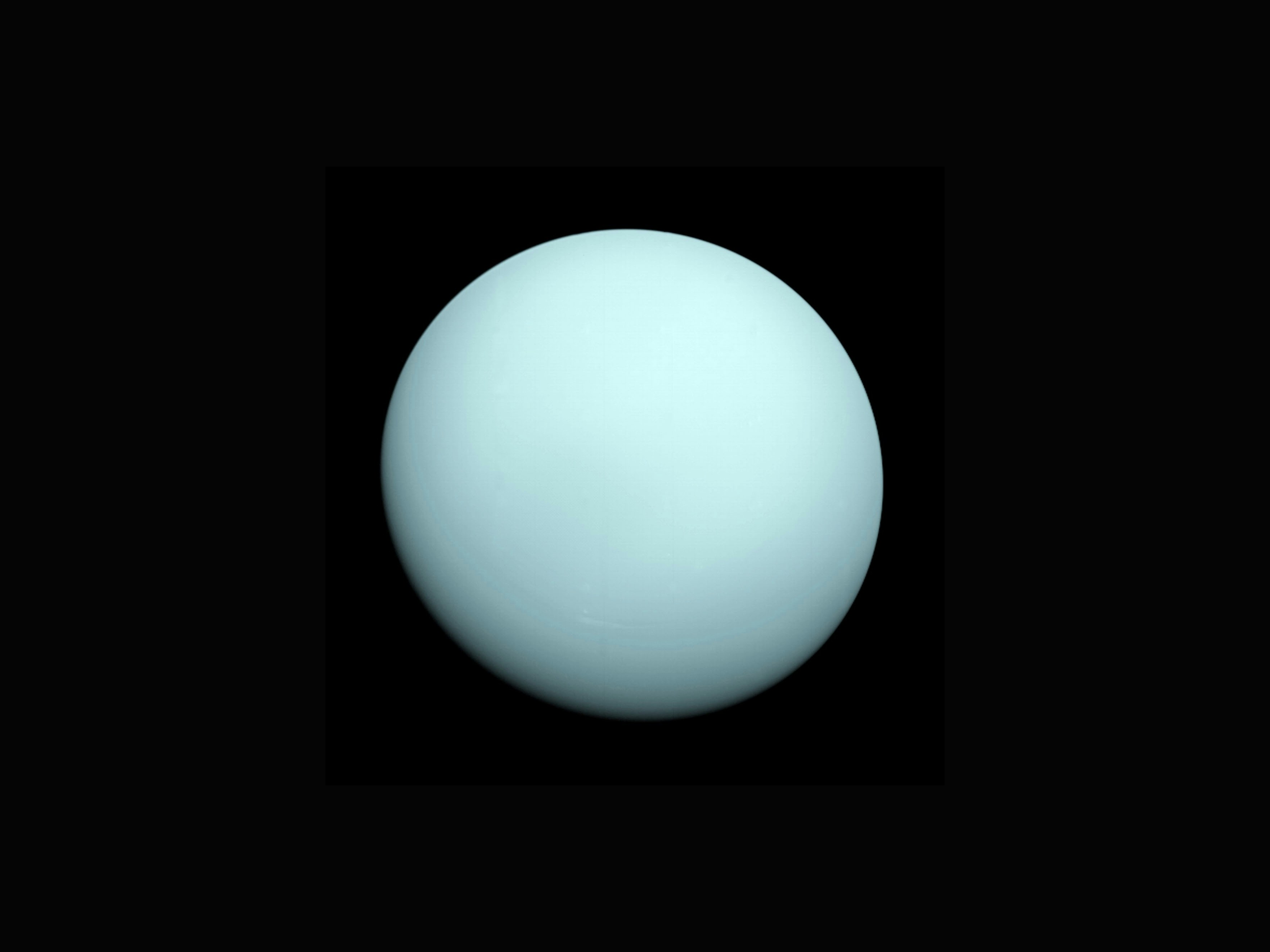Media release
From:
Planetary science: Voyager 2's Uranus flyby was during an anomalous solar event
The Voyager 2 flyby of Uranus in 1986 — which has formed much of the scientific understanding of the planet — may have occurred under rare conditions, when its magnetosphere was unusually compressed by solar wind, suggests a paper published in Nature Astronomy. The findings suggest that our understanding of the Uranus system may be more limited than previously thought.
Planetary magnetospheres (the region around a planet dominated by its magnetic field) affect the environment around a planet, and understanding their properties is crucial for mission planning. Voyager 2's flyby of Uranus revealed a unique magnetosphere that was strongly asymmetric, seemed to lack plasma — a common element of other planets’ magnetospheres — and had unusually intense belts of highly energetic electrons. The characteristics from this single measurement have since been used as the basis of understanding Uranus’s magnetic field, but these anomalies have been difficult to explain without complex physics.
Jamie Jasinski and colleagues reanalysed the Voyager 2 data before the flyby and found that the probe met Uranus just after an intense solar wind event, during which a stream of charged particles was released from the Sun’s atmosphere. This compressed Uranus’s magnetosphere, leaving it in a state that only occurs 4% of the time. This state would see a magnetosphere empty of plasma with highly excited electron radiation belts. The authors suggest that if Voyager 2 had visited Uranus just a week before the actual flyby, it would have found a magnetosphere similar to the other giant planets of the Solar System — Jupiter, Saturn and Neptune — without any anomalous characteristics. The authors suggest that owing to the variation of the solar wind at Uranus, there may be two magnetospheric cycles during the solar minimum. Additionally, there may be a very low chance that Titania and Oberon (the outermost major Uranian moons) orbit outside the magnetosphere, which may allow scientists to detect subsurface oceans without interference from the magnetosphere.
The authors note that the understanding of Uranus is still very limited as these findings challenge previous assumptions and highlight the need for future missions to the planet to gain a more accurate understanding of its magnetosphere.



 International
International



